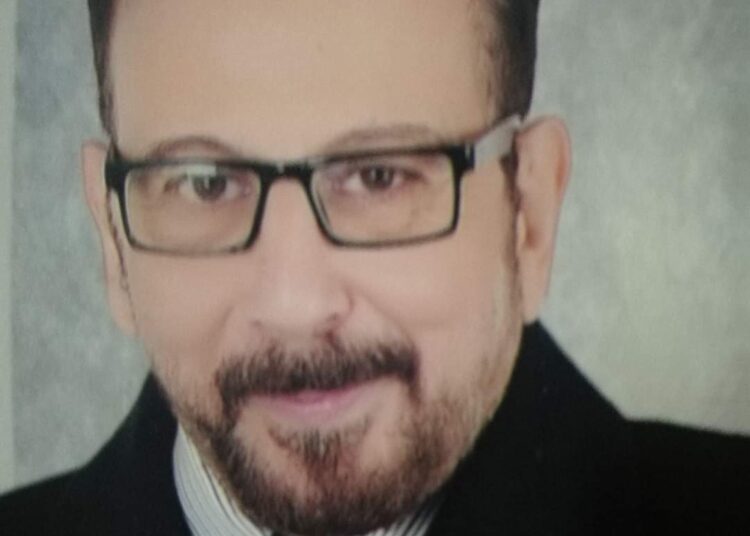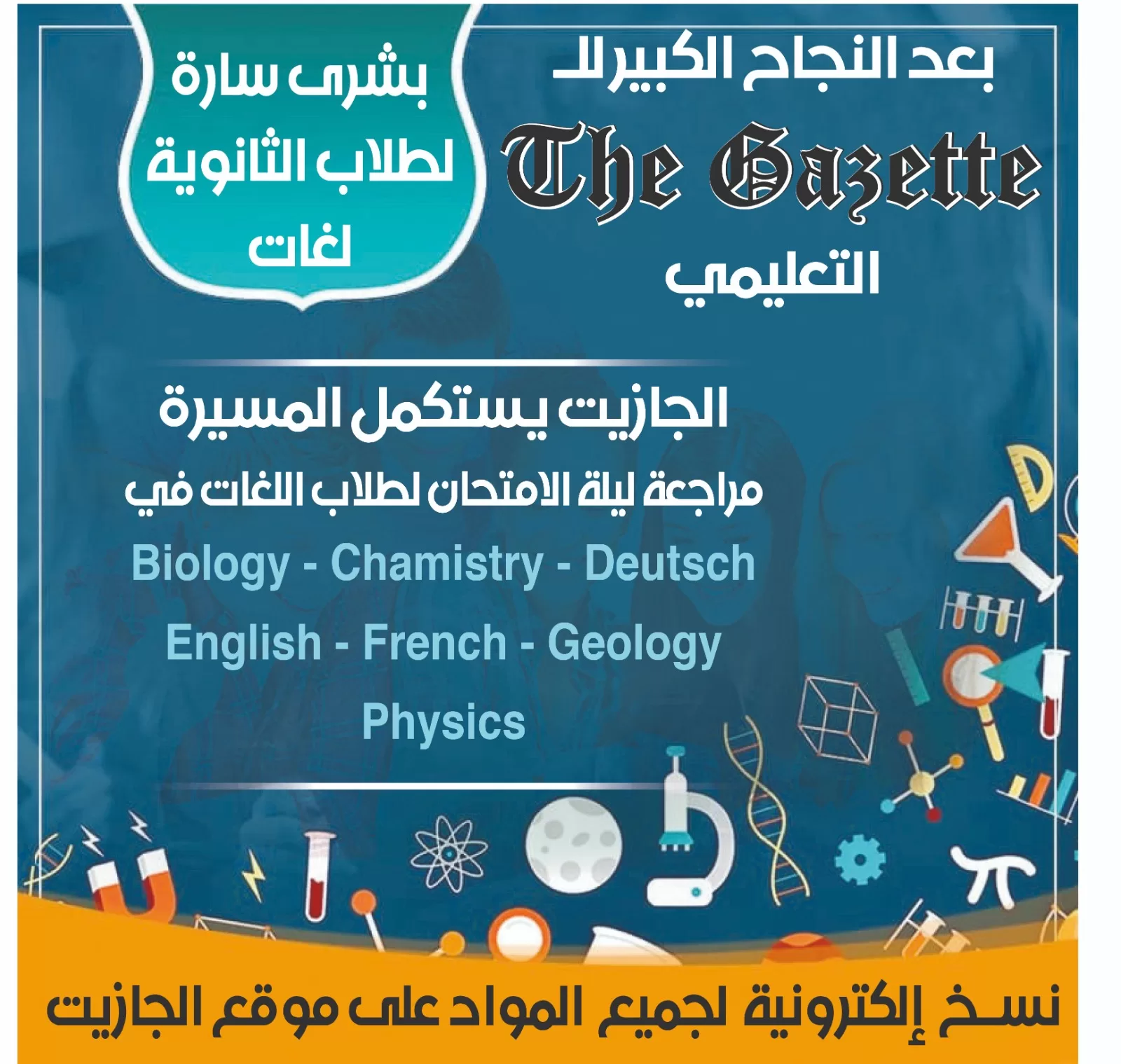By Abdelmonem Fawzi
‘The English Patient’ is a British- American film, released in 1996. It received glowing reviews and nine Academy Awards, as well as the Golden Globe Award for the best drama.
This film is set in the years before and during World War II.
The film is based on a 1992 novel by Michael Ondaatje. The important thing here is that Hungarian explorer László Almásy – the basis for the protagonist of the movie – discovered a Neolithic cave and rock art in the Libyan Desert that depicted people swimming.
László Almásy, who in Egypt before the war was attached to the Royal Geographic Society as a pilot who flew over the desert, making maps that could be used for their research which was the cover story.
The film gives us some of the strongest early evidence for that greener Sahara of the past.
History tells us that some changes in the monsoon’s intensity as well as its northward or southward extent led to a green Sahara period that lasted between 5,000 and 11,000 years.
Previous studies showed that a green Sahara is linked to changes in the intensity and location of the West African monsoon.
That major wind system blows hot, dry air south westward across northern Africa during the cooler months and brings slightly wetter conditions north-eastward during hotter months.
The problem is that vulnerable populations in the Sahel are on the frontline as the harsh conditions of the Sahara creep southwards.
That is why the idea of the GGW has been hailed as ‘an inspiring model’ to transform the lives of millions of people by creating jobs in sustainable land management and agriculture and ecosystem restoration.
The GGW has become the United Nation’s one big idea for combatting desertification. Imagine a living symbol of hope, the largest living structure on the planet, one that stretches 8,000 kilometres across Africa, ushering in a new era of sustainability and economic growth.
This ambitious project is being implemented across 22 African countries and will revitalise thousands of communities across the continent.
It brings together African countries and international partners under the leadership of the African Union Commission and the Pan-African Agency of the Great Green. Over $8 billion has been raised and pledged to support this game-changing initiative.
The problem is that 15 years after its launch, in 2007, there is little to show for it on the ground.
Billed as a solution to poverty and conflicts afflicting the semi-arid region, the programme has been held back by financial barriers, lack of coordination between governments and accelerating climate impacts.
“It is not only planting trees; it is planting hope for millions of young people,” Ibrahim Thiaw, executive secretary of the UN Convention on Combatting Desertification (UNCCD), said.
“Hope is not yet turning into action at the scale or pace you aspire to because collectively, we are struggling to turn those pledges into projects and investments,” he said.
Understandably, he added, this is leading to frustrations.
Africa’s GGW initiative is proposed to hold back the Sahara from expanding southward.
New climate simulations looking to both the region’s past and future suggest this greening could have a profound effect on the climate of northern Africa, and even beyond.
Yet a 2020 official progress report found that barely 4% of its target to restore 100 million hectares has been fulfilled.
The GGW initiative’s ambition is to restore 100 million hectares of currently degraded land, sequester 250 million tonnes of carbon and create 10 million green jobs by 2030. This will help communities living along the wall to grow.
The GGW is a compelling symbol of hope, addressing challenges ranging from climate change to food security, migration to resource-driven conflict.
It is a concrete example of man and nature working together to create a unique legacy, a new world wonder for the next generation.
To support this genius project and boost global awareness of the initiative, Malian musician/activist Inna Modja takes us among the future highlights when she releases the Great Green Wall documentary produced in collaboration with the Oscarnominated filmmaker Fernando Meirelles.
As Modja passionately pursues an African Dream for a generation seeking to control their own destiny, she reminds us of the enormity of the task ahead and that time is not on our side.
The resulting journey of hope, hardship and perseverance reveals our shared human condition, reflecting a deeper moral and the existential question we all must confront: Will we take action before it is too late?.
It remains, however, to be said that the challenge facing the implementation of the GGW initiative, include the need for integrating it in all sectors at the international, national and regional levels to turn it into an inspiring model to transform the lives of millions of people by creating jobs in sustainable land management and agriculture and ecosystem restoration. It gives hope and a lesson that we are able to work together to save the world from the worst catastrophe we are exposed to.
It will be a compelling solution to the many urgent threats, not only facing Africa, but also the global community as a whole, notably climate change, drought, famine, conflict and migration.
Once complete, the GGW initiative will be the largest living structure on the planet, three times the size of the Great Barrier Reef.






Discussion about this post